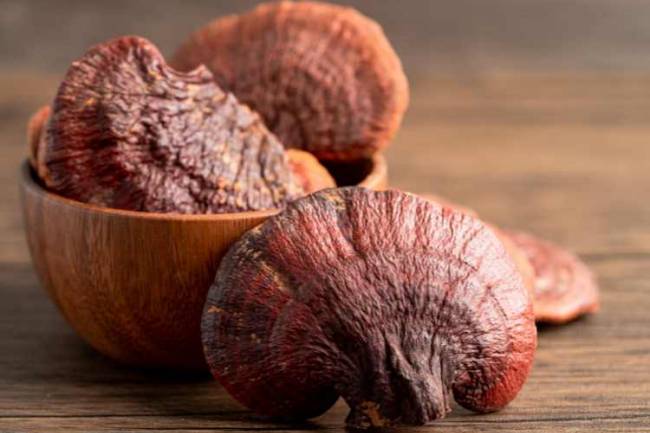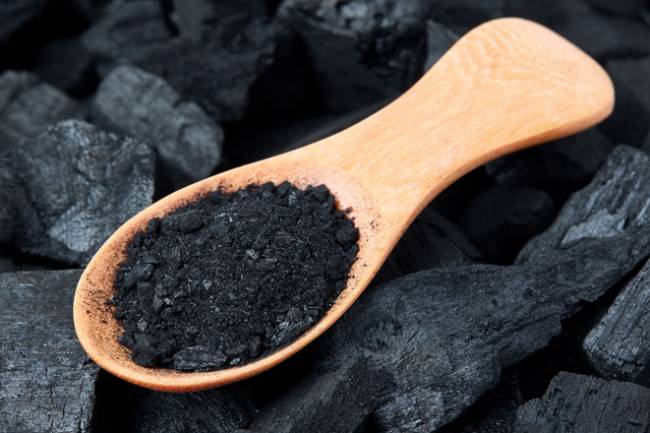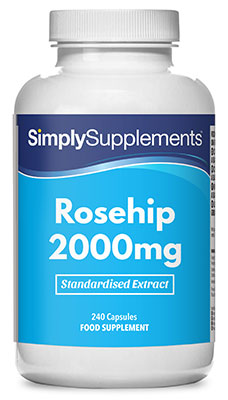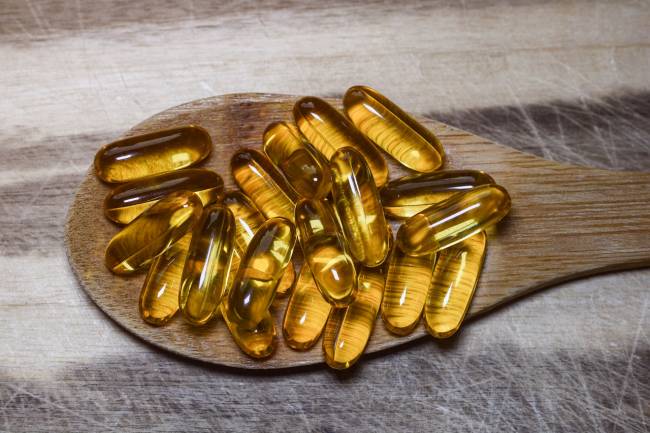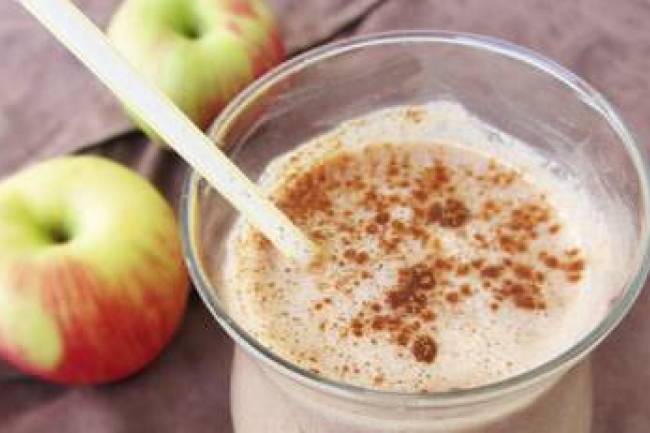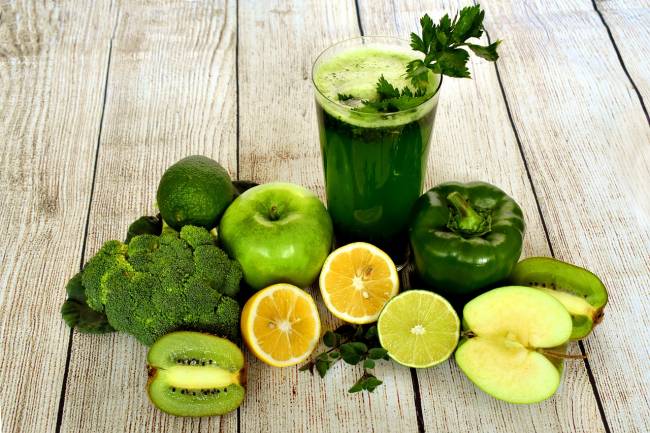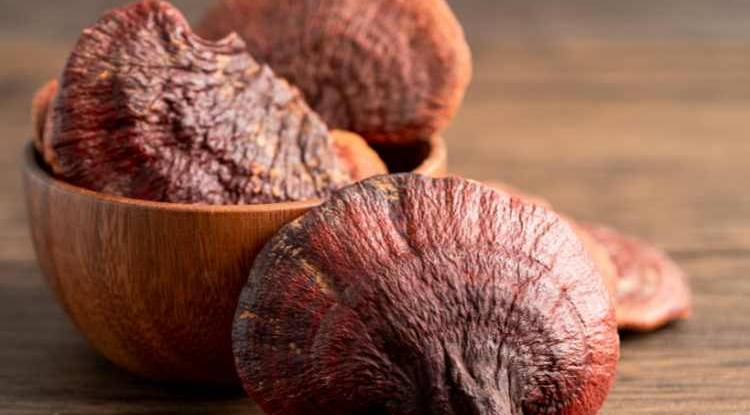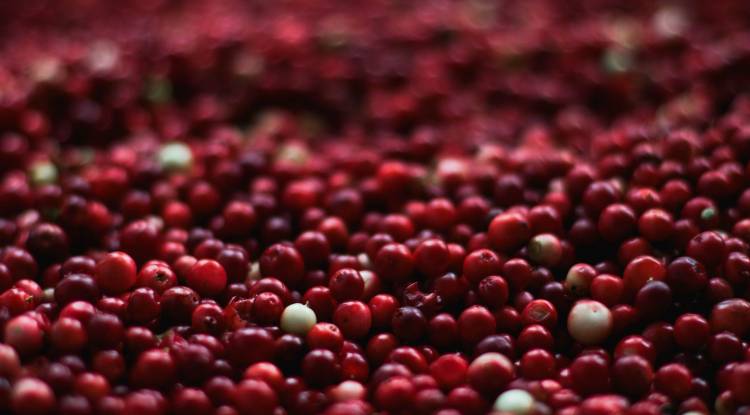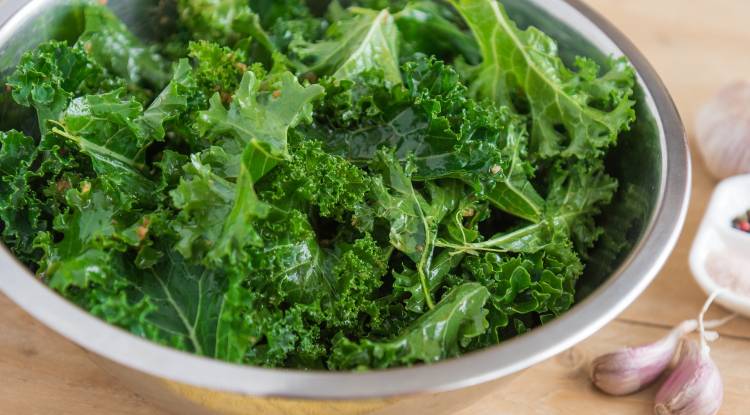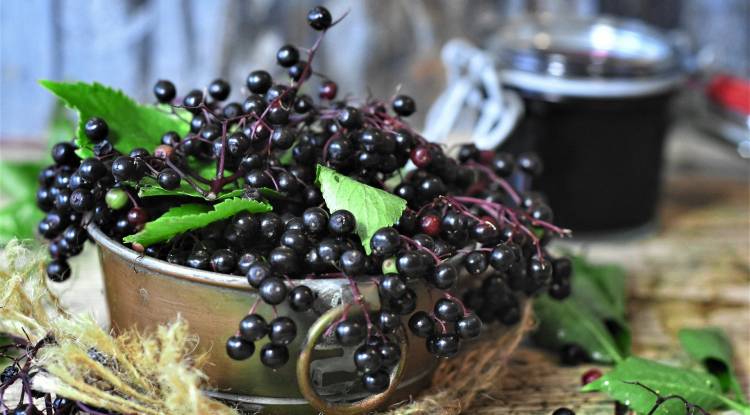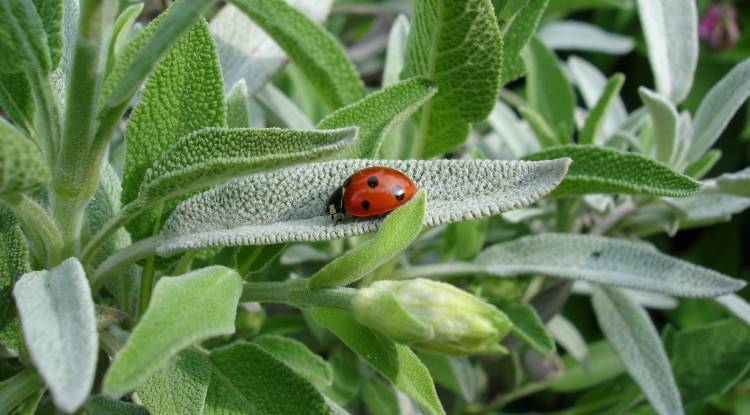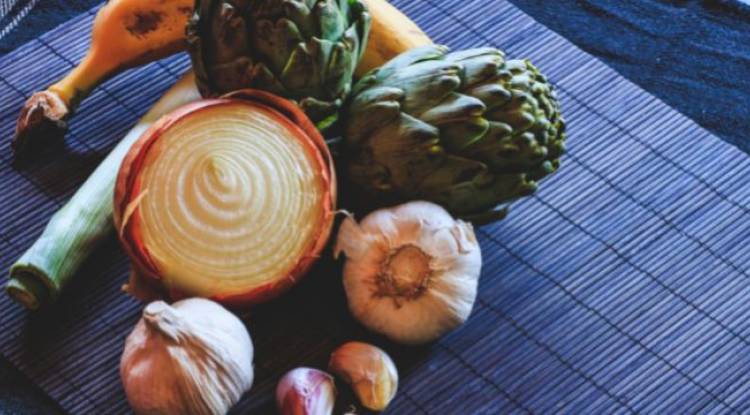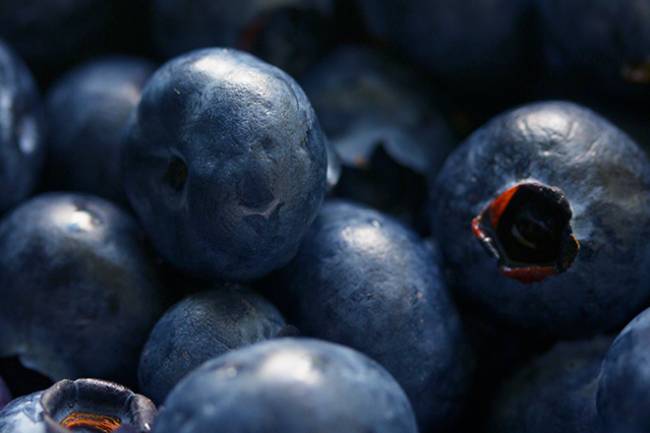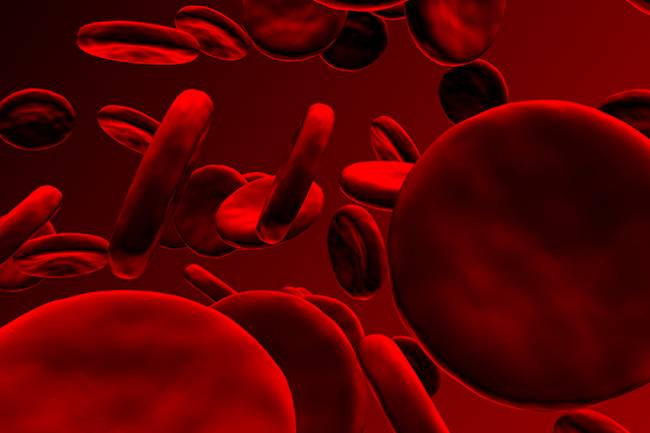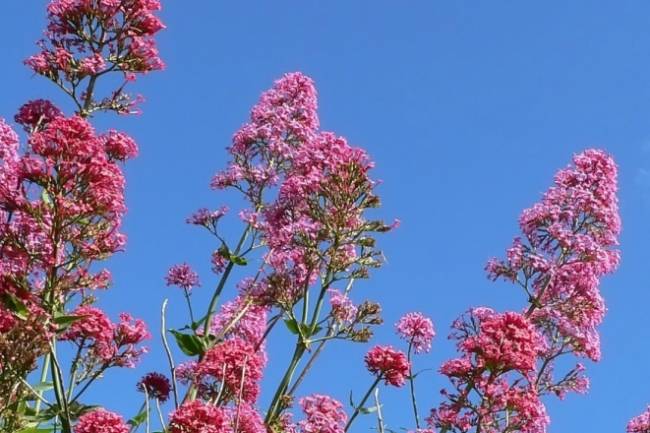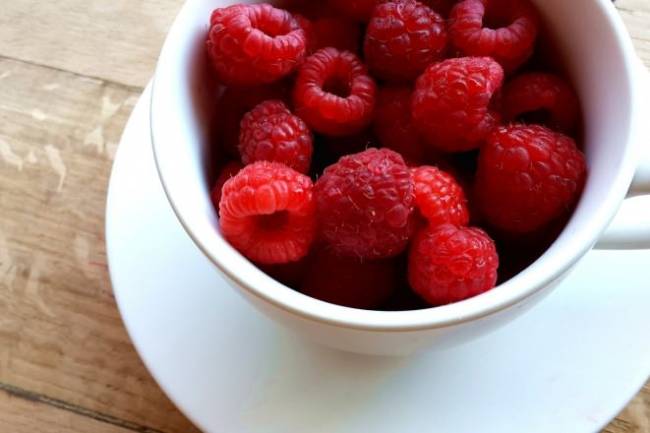Flowers with Surprising Health Benefits
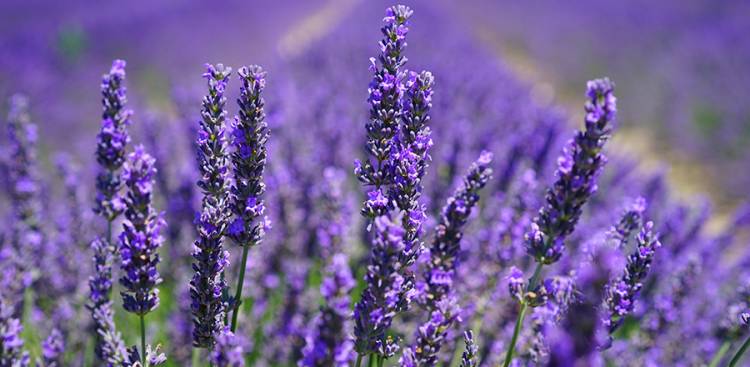
A bouquet of flowers can do someone a world of good. However, beside their beauty, there's a whole host of surprising health benefits that many flowers can offer.
Lavender
Lavender is a member of the mint family and is popular amongst flower aficionados and amateurs alike due to the bright purple colouration of the flowers. The word lavender originates from the Latin word Lavare, which means ‘to wash', which it was likely assigned because of the aroma it possesses.
Despite the beautiful flowers it produces, lavender is actually a herb that was originally native to areas in Northern Africa and elevated, mountainous regions throughout the Mediterranean. Today, it is grown all across the world and is frequently sought after because of its appearance and health applications.
Anxiety and Sleep
This fragrance, in particular, is commonly used in aromatherapy to help relieve stress, anxiety and depression, as well as promote a healthier sleep cycle. Scientific study has shown that the things 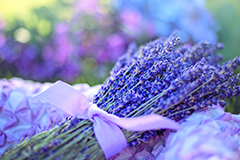 we enjoy, like smells, tastes and touch generate a pleasure response within the body through the production of feel-good hormones like serotonin.
we enjoy, like smells, tastes and touch generate a pleasure response within the body through the production of feel-good hormones like serotonin.
The more serotonin there is in your blood stream, the more you'll be able to eliminate negative emotional feelings.
By adding a lavender plant to your environment, you can help to ensure these benefits are enjoyed daily. Pleasant scents like the one produced by lavender can also help to increase the production of melatonin, which is essential for a healthy night's sleep. Melatonin is produced by the pineal gland located in the brain and is often referred to as ‘the hormone of darkness', due to the fact that it is mostly generated when you're in a dark environment or at night to help you sleep.
By incorporating flowers that you find pleasant in the place that you sleep, you may be able to help positively influence the production of melatonin, which can result in a much deeper, more beneficial sleep.
To examine these benefits of lavender fragrance, a study was conducted in South Korea to explore the effects of lavender aromatherapy on insomnia and depression in female university students. 42 women attending Keukdong College who complained of experiencing insomnia served as the sample for the study, which used the following 4 week schedule of tests:
- Week 1 – Control treatment
- Week 2 – 60% lavender fragrance treatment
- Week 3 – Washout week to remove the effects of the previous applications
- Week 4 – 100% lavender fragrance treatment
Throughout the study, evaluations were conducted on every participant for weekly sleep patterns, the number of sleep disturbances, severity of insomnia (ranked on a scale), satisfaction on the quality of sleep obtained and the severity of depression felt (ranked on a scale). The researchers concluded that “lavender fragrance had a beneficial effect on insomnia and depression.” Although further study and research is required, this is a promising sign for the potential benefits lavender can provide.
Stress
When you're feeling stressed, your body releases a hormone called cortisol from the adrenal gland. If you experience stress continuously day-by-day, the amount of cortisol in your blood can cause your blood pressure and blood sugar level to rise, which has the potential to eventually cause serious coronary and cardiovascular health complications to arise.
Scientific study has begun to speculate that lavender may also provide additional health benefits in this area. A study from 2008 looked to determine the relaxation effects of lavender aromatherapy to help improve blood flow velocity. 30 young men between the ages of 24 and 40 were used as the study sample, who were each subjected to coronary assessment through non-invasive transthoracic Doppler echocardiography, a process which simply involves using an ultrasound to detail blood flow within the heart.
Blood flow was measured at rest and following the introduction of adenosine triphosphate (ATP) to the blood through an IV. Lavender was used in essential oil form and mixed with hot water to create a tonic that was inhaled for 30 minutes at a time. Changes in blood flow were then measured. To compare results, a control study was performed that excluded the use of lavender. The study concluded that “lavender aromatherapy reduced serum cortisol and improved CFVR in healthy men.
These findings suggest that lavender aromatherapy has relaxation effects and may have beneficial acute effects on coronary circulation.”
Mexican Marigold
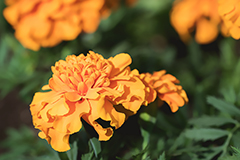 This is a rather uncommon variant of the traditional marigold which you might not have heard of before. That's because it's most famous in the Americas, where, as the name would suggest, it is native to Mexico. The Mexican marigold has been used both decoratively and medicinally since the time of the Aztecs.
This is a rather uncommon variant of the traditional marigold which you might not have heard of before. That's because it's most famous in the Americas, where, as the name would suggest, it is native to Mexico. The Mexican marigold has been used both decoratively and medicinally since the time of the Aztecs.
In today's society, this flower is widely used during the Mexico holiday The Day of the Dead, as the flower itself is known as the ‘flor de muertos', or flower of the dead.
As well as the visual beauty of the Mexican marigold flower, the chemical composition and nutritional content of the flower can also provide some surprising health benefits. The leaves and petals of the Mexican marigold are frequently used in leafy salads to add some colouration and beauty to the dish, but many nutritional experts believe that they may also be able to help support your immune system and heart health due to the antioxidants they contain.
A study conducted in Thailand in 2011 looked to analyse the phenolic compound content and antioxidant activities of edible flowers. 12 different flowers, including Tagetes erecta (Mexican marigold) were consumed as a vegetable and were used as ingredients in cooking. The results of the study found that “Tagetes erecta had the highest total flavonoid content”, and the researchers concluded that the flower “showed the highest antioxidant activity” amongst the flowers that were analysed for the duration of the experiment.
This study identified that one of the major flavonoids that was identified in the edible flowers assessed in the experiment was quercetin. Quercetin is a well-known antioxidant and anti-inflammatory plant pigment that is believed to be able to help combat the hardening of arteries, which is often referred to as atherosclerosis.
Roses
 Roses beautiful crimson colour and unbelievably pleasant smell are enough to make anyone feel loved, but they also contain a very well-known vitamin that's sure to surprise even the most avid flower fans. We're constantly told by government institutions and medical experts alike that we need daily supplies of vitamin C, because of the many different health functions and benefits it offers.
Roses beautiful crimson colour and unbelievably pleasant smell are enough to make anyone feel loved, but they also contain a very well-known vitamin that's sure to surprise even the most avid flower fans. We're constantly told by government institutions and medical experts alike that we need daily supplies of vitamin C, because of the many different health functions and benefits it offers.
Vitamin C, also known as ascorbic acid, is one of the most popular vitamins in the world and can be found in a variety of different fruits and vegetables like:
- Citrus fruits such as oranges, lemons, limes and grapefruit
- Leafy vegetables like kale, spinach and lettuce
- Strawberries, blueberries and blackberries
Vitamin C's main claim-to-fame comes from its ability to help support your immune system against free radical molecules, which look to steal electrons from the cells that make up your entire body. This oxidative damage, if consistent and left to progress, could result in much more serious health issues like infections and disease arising. The European Food Safety Authority has even authorised the health claim that vitamin C “contributes to the protection of cells from oxidative stress".
Vitamin C isn't naturally produced in the body, meaning that you have to make sure that your diet provides a satisfactory daily intake (40mg for adults aged 19-64 years old ) to enjoy the benefits it can provide. Surprisingly, rose petals, if eaten, are known to provide you with small doses of vitamin C. The petals, as well as rose water, are regularly used in Middle Eastern and Moroccan cuisine for flavouring, decoration and fragrance, but they can also be used to help make sure you receive very small doses of this very beneficial nutrient.
Although a serving of rose petals doesn't come close to meeting the daily recommendation of vitamin C, every little helps towards the final recommended intake goal.
There is, however, another part of the rose plant that is known to be able to contribute massively to your daily vitamin C recommended intake. Rosehips, which are small berries that grow on a rose plant, contain the seeds of the flower. Nutritionally, it is believed that every single rosehip berry can contain 10 times as much vitamin C than an orange, another fruit widely renowned for its vitamin C content.
Although the impressive nutritional content of rosehip berries is not considered public knowledge, experts have extensively researched the plant ever since vitamin C was first discovered in the 1930's in Hungary. For instance, a British report published in 1942 from the research laboratories of the Hammersmith and the Royal Botanic Gardens found that a sample of rosehip berries taken from areas north of the Lake District in the UK contained, on average, a vitamin C content of over 1000mg per 100g of rosehips.
Their studies ultimately concluded that “a number of common [rose] species contain large amounts of vitamin C, often exceeding 1% in the flesh of the ripe hips.”
Roses are a great gift, but instead of choosing a traditional bouquet of roses, try buying a potted version of the plant that has rosehip buds attached to it. That way you can ensure the receiver enjoys their own supply of fresh rosehip berries to help support their health. Alternatively, you could also buy a packet of rose seeds for them to plant in their own gardens. Be aware, however, that different climates and weather conditions can affect the overall nutritional outcome of the fruit, and they can take at least 2 years to properly grow and ripen.
Summary
In this article, you've learnt about the surprising health benefits of just a few specific flowers that make suitable, well thought-out gifts. In truth, all flowers are plants, so the oxygenation they provide to the air around them can provide a huge range of health benefits.
You really can't go wrong with flowers as a gift, as long as you take individual allergies and preferences into account. We've also talked about some of the benefits edible flowers can provide when ingested.
However, not all plants are suitable to be eaten. It's important for you to do thorough research before you start tasting different plants and flowers. There are some varieties available that are poisonous to humans if consumed, so always consult your local GP, pharmacist or professional medical expert before partaking.
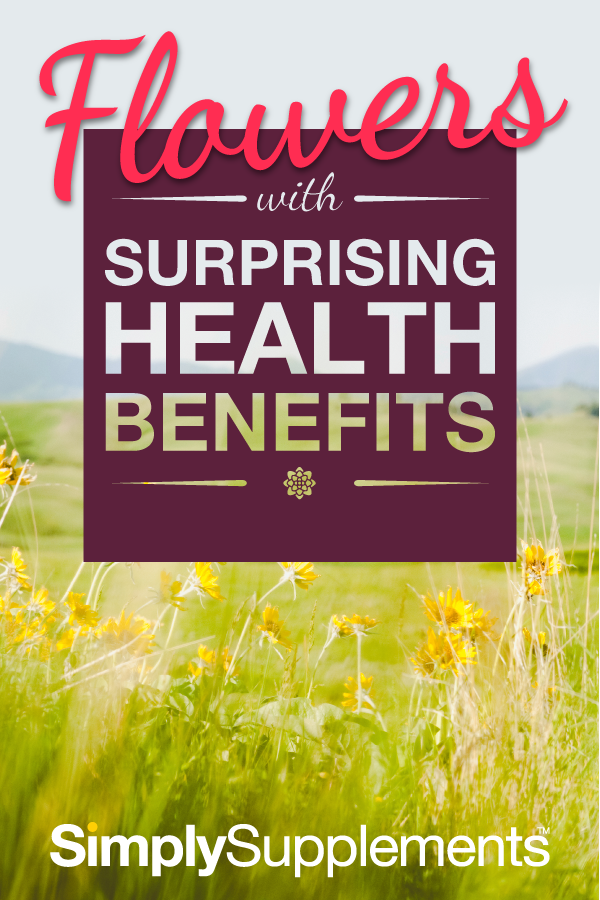
Sources:
https://www.synapse.koreamed.org/search.php?where=aview&id=10.4040/jkan.2006.36.1.136&code=1006JKAN&vmode=FULL
http://www.internationaljournalofcardiology.com/article/S0167-5273(07)01261-2/abstract
https://www.sciencedirect.com/science/article/pii/S1756464611000260
https://www.nhs.uk/conditions/vitamins-and-minerals/vitamin-c/
https://www.ncbi.nlm.nih.gov/pmc/articles/PMC1265699/?page=4

 Nicole
Nicole 
